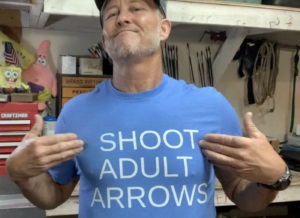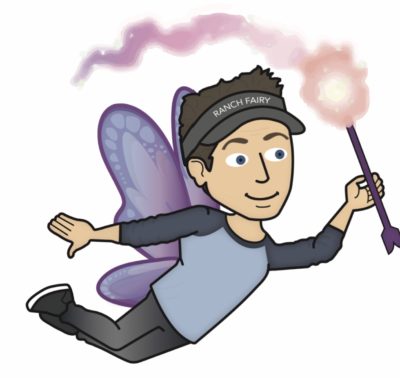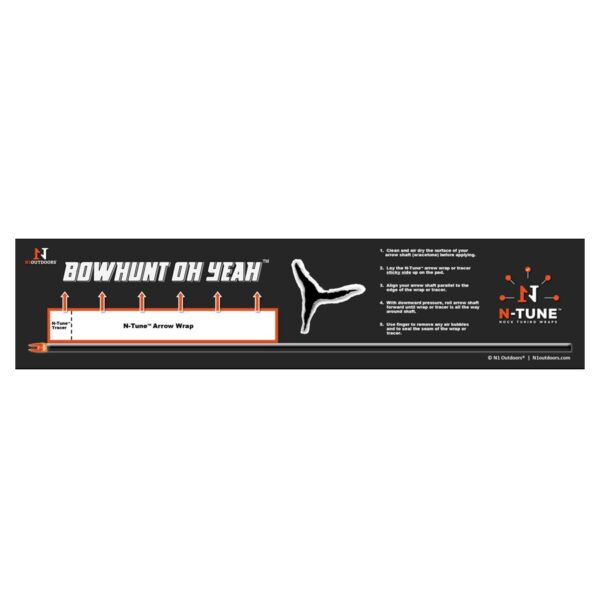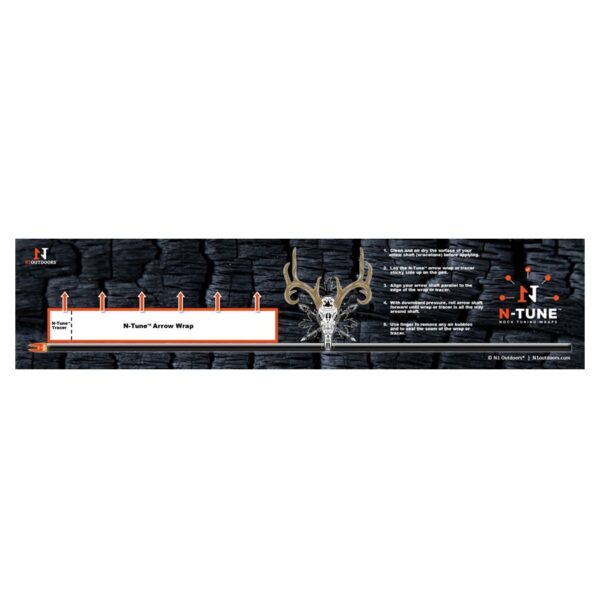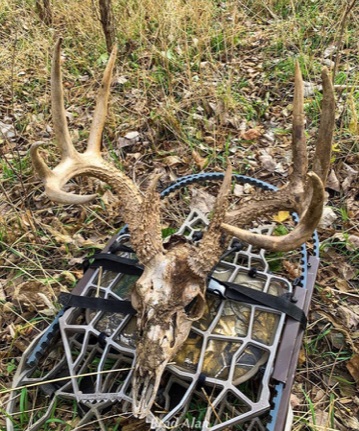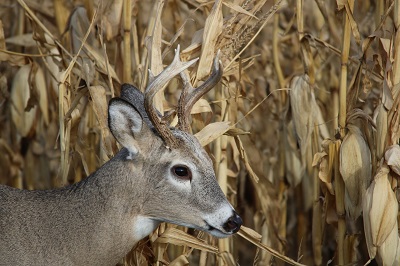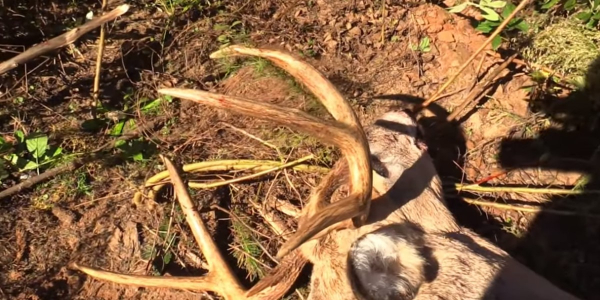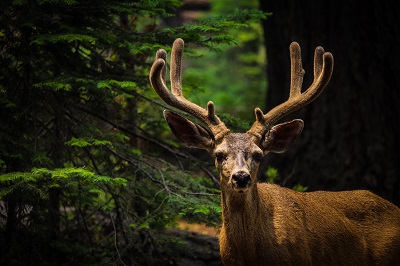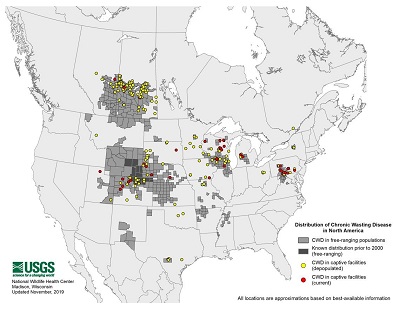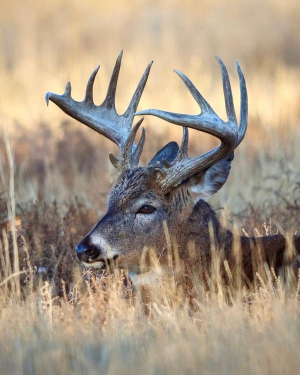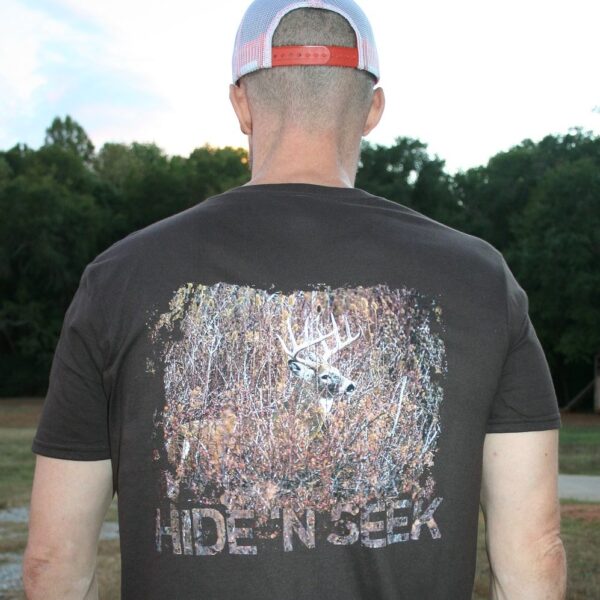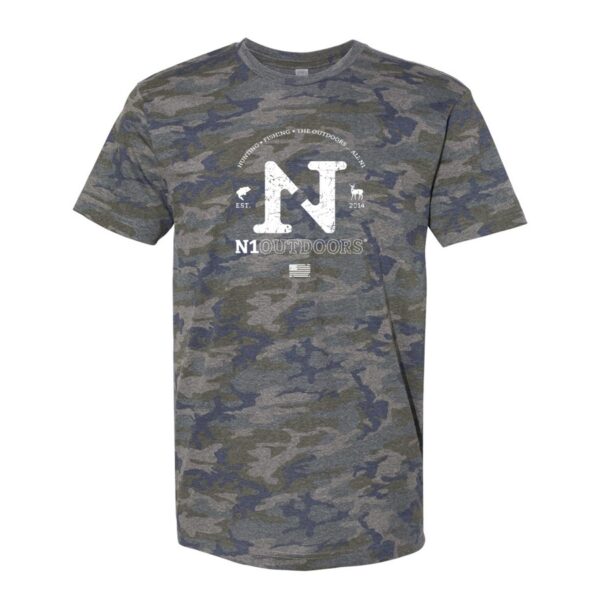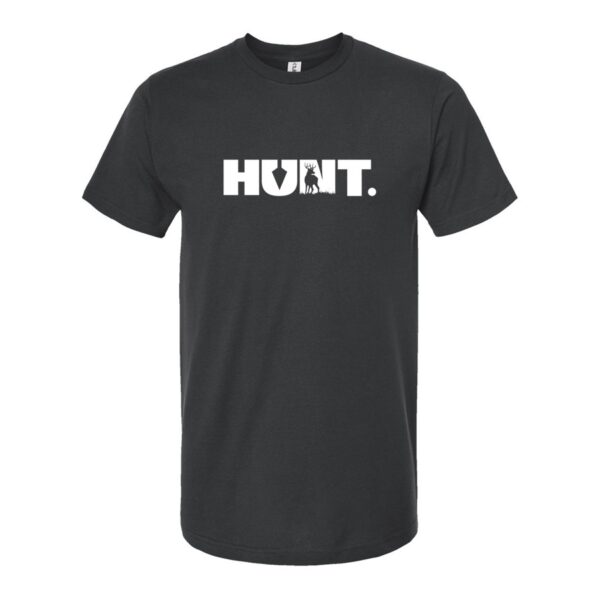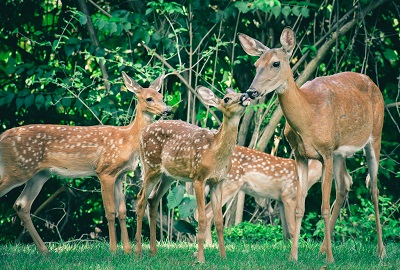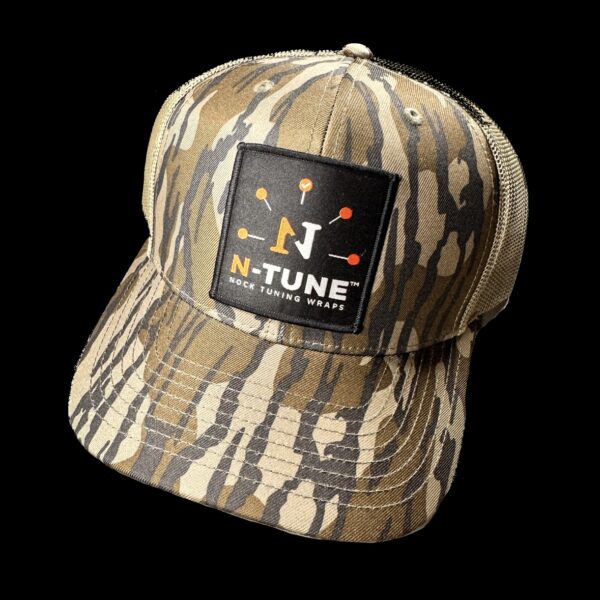It all began with failure.
Simply put, my hunting arrows were hitting the mark, but my success rate was less than stellar, and I had nowhere else to go. I could try something different or grab the rifle. After all, as my friend Chris says, “lead is very efficient.”
A Little History on “The Ranch Fairy” Name
Before we get into all the nitty gritty details of hunting arrows, you might be wondering… who is the Ranch Fairy? Well, it’s me, Troy Fowler.
But, why “Ranch Fairy?” After all, bowhunting dudes are rough and tough. They take on the ultimate close-range challenge and they sport lots of cool gear (the toys never end, and the bowhunting message boards will keep your head swimming with ideas… some of them are actually good ideas – but beware!)
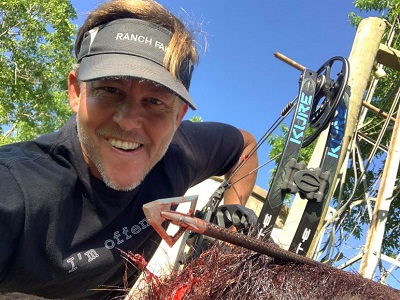
Bowhunters can’t be fairies… can they?
Soooo, anyway, “The Ranch Fairy…” The short version is this…
My wife’s family has a ranch in Texas, and I am the dude who manages the details, such as: feeders, blinds, keeping the A/C and toilets running, occasional plumbing, electrical, mechanical, and the “could you look at the cameras and then tell me where the biggest buck is showing up….and at what time” tasks.
The “to do” list, well, it’s a scroll… the end is never reached, because it just keeps unrolling.
So, about 10 years ago, I just off-handedly started calling myself “The Ranch Fairy,” instead of “ranch manager.”
But, I actually enjoy the piddling and managing things. It’s good for the psyche.
-
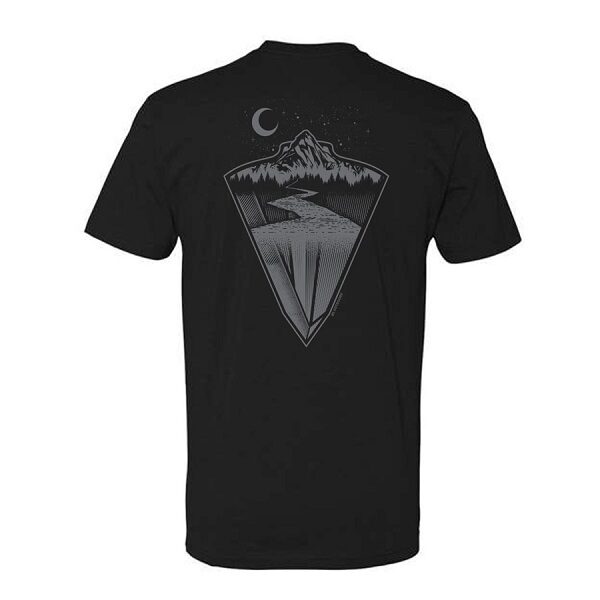
“Edge of the Outdoors™” Tee featuring Tuffhead Evolution Broadhead (Various)
Price range: $24.99 through $28.99 Select options This product has multiple variants. The options may be chosen on the product page -
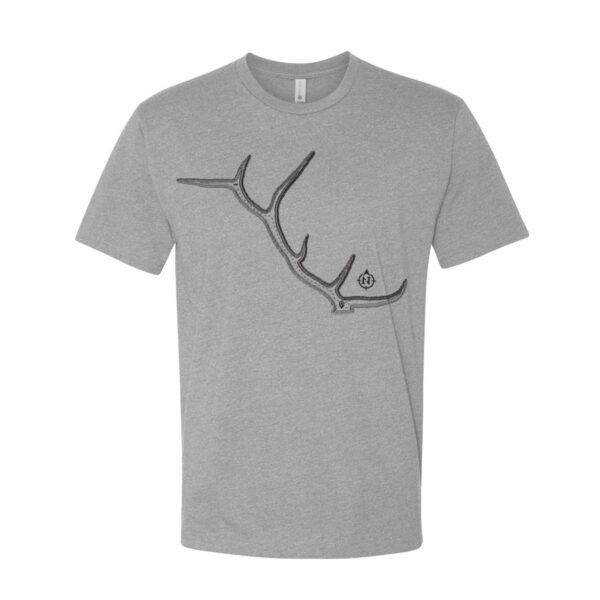
N1 Outdoors® Tine Lines™ Elk Antler Tee
Price range: $26.99 through $29.99 Select options This product has multiple variants. The options may be chosen on the product page -
Sale!
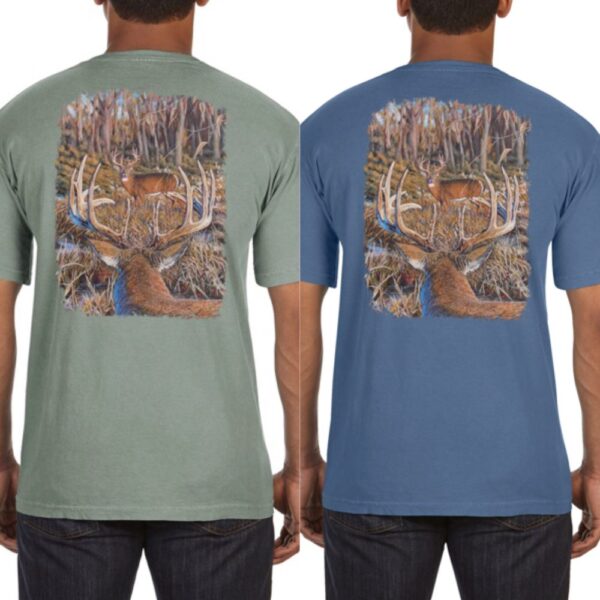
Ntruder Buck Tee by Daniel Cliburn
$9.00 Select options This product has multiple variants. The options may be chosen on the product page
Wonderfully Weird
Of note, I’m a bit weird! I killed a 150” deer in 2007 and for some reason I just don’t care to kill another one.
Weird? Yup.
I caught a 9’6” Tiger shark (plus a couple big bull sharks) off the Texas beach after 15 years of trying, and I don’t care to catch a 10+.
Yup… weird.

Catching a 9’6″ tiger shark and then losing interest is just one of the “weird” things about the ‘ole Ranch Fairy.
I am currently trying to catch a 10-pound bass. I suspect that after it happens, I won’t worry about bass anymore… onward to new ideas.
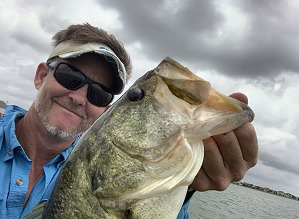
After I reach the 10-pound bass goal, I’ll probably just move on to some other challenge!
But alas, for some reason, I have never given up on mature feral hogs.
What do I mean by “mature?” Well, 200+ pounds is where they are considered big at our place (if you think your pigs are big – buy a scale and be amazed at your lack of weight-guessing skill).
Like anywhere, food and time helps animals get big. Some places have legit 300’s. But, we just don’t have the food piece… no agriculture. So, our pigs work pretty hard at being, well… pigs.
-

N1 Outdoors® N-Tune™ Nock Tuning Reflective Arrow Wraps – Put A Hole N1™
Price range: $18.99 through $27.99 Select options This product has multiple variants. The options may be chosen on the product page -
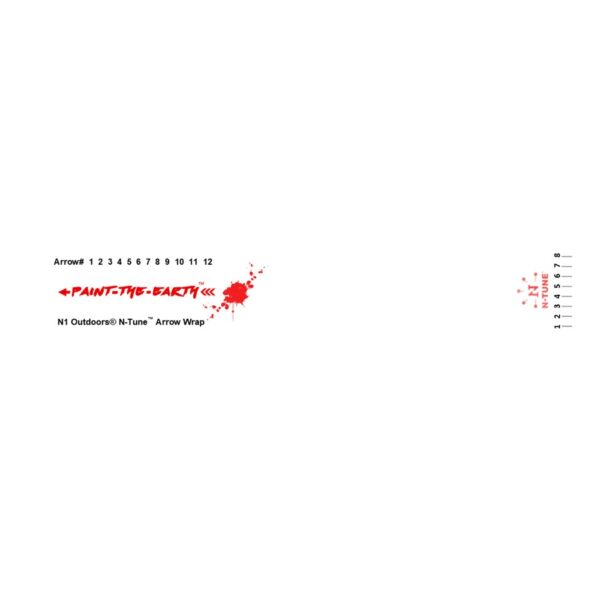
N1 Outdoors® N-Tune™ Nock Tuning Reflective Arrow Wraps – Paint The Earth™
Price range: $18.99 through $27.99 Select options This product has multiple variants. The options may be chosen on the product page -

N1 Outdoors® N-Tune™ Nock Tuning Reflective Arrow Wraps – Speed Spear™
Price range: $18.99 through $27.99 Select options This product has multiple variants. The options may be chosen on the product page
Fairy Failure
So, now let’s explore failure.
One of the luxuries of pigs and deer feeders is high-volume shooting. I’ll bring this up later.
So anyway, up until 2015, I was really failing – to the tune of only a 50% recovery rate on big pigs. The little 100-pound zoomers… not a big deal. But the big boys… well, you may hunt one for months before he shows up. You shoot, and… BONK… half an arrow of penetration, and you pray you find it.
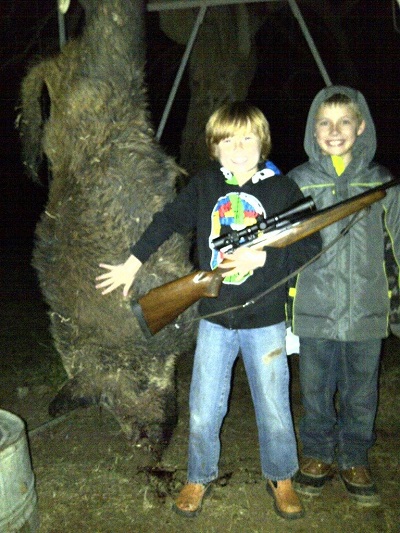
As one of my good friends says, “lead is very efficient.” But, I HAD to find a way to be efficient with a bow!
Like many of you, I owned or considered every arrow platform on the earth. Mechs, 4 blade, 3 blade, 2 blade, different “arrows” and magic sights that solve complex calculus while you draw back.
Honestly, it’s as bad as golf. Did I mention I was a single-digit handicap at one time? Then… you guessed it… I stopped playing!
Don’t get me started.

I had been failing at killing big pigs with my bow and had tried every broadhead on planet earth. And then…
If At First You Don’t Succeed… Try Something Else!
So, because I was failing, I had absolutely no reason to duplicate the 12 penetration factors made famous by Dr. Ed Ashby in his 20+ year Natal Study.
I’m not real smart, but if what you’re doing isn’t working, you have nothing to lose.
So, I wandered off into the tin foil hat world, left my friends and colleagues to the message board warlocks, and went on the road less traveled. (Remember, I have a high volume, live target, known-distance place to test these things.)
I ran an arrow up to 670 grains, bare shaft perfect flight, long 3:1 single bevel, and went off to find out what would happen.
What happened with these “adult arrows” was truly amazing.
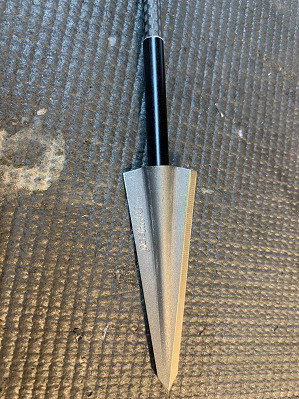
My change to single-bevel broadheads like this one and heavy arrows was a game-changer!
The arrows started penetrating through the pigs and then into the dirt.
The big pigs started going 60 yards and then, I mean they were dead, dead in 10 seconds (it’s still working).
The biggest thing I discovered during all of this is that I am now only limited by lethal shot placement. When I do my job in that area, the pigs are dead and there are no issue finding them.
Before that, I either perfectly heart shot one and it was devastating, or I didn’t shoot it perfectly and there was no blood trail, long nights, and a Duracell bunny that came along to test battery longevity.
Not The Bat Cave, The Ranch Fairy Lab!
So, I decided to turn the ranch into a live target test lab.
Nope, this is not a hunting show (though many of my detractors slam that one on me). It’s an arrow lethality and penetration study.
Yeah, shooting pigs is still super fun! But to have high volume, year around, 24/7, no laws and high shot reliability. It’s handy. The set-up shots at whitetail distances (the average whitetail is still taken under 20 yards if you don’t know that), allowed me to really test different high mass, high FOC, arrow systems. I already had 15 years of the other stuff.
So, there you go, that’s how The Ranch Fairy came to be. I mean, I was technically already the Ranch Fairy.
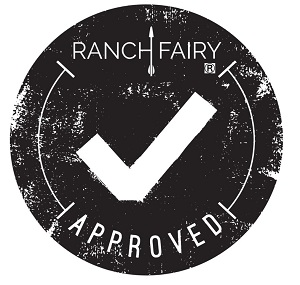
You can bet if it’s “Ranch Fairy Approved,” that I’ve done the testing at the Ranch Fairy Lab!
I am no marketing genius. But, when I typed “Ranch Fairy” into Google, the results were 0 – none. So, in the social media algorithms, you’re either unique or super popular.
Well, unique I hit, because bowhunters, as noted earlier, are rough and tough and super manly. No one forgets a bowhunting fairy!
Stay tuned to the Ranch Fairy. We have some serious science and physics coming up that will pop the message board cronies’ heads off!
But, hey, if you want to argue with Sir Isaac Newton, feel free. Because, when you argue with math, the old saying kicks you in the rear. “Liars can figure, but figures don’t lie.”
